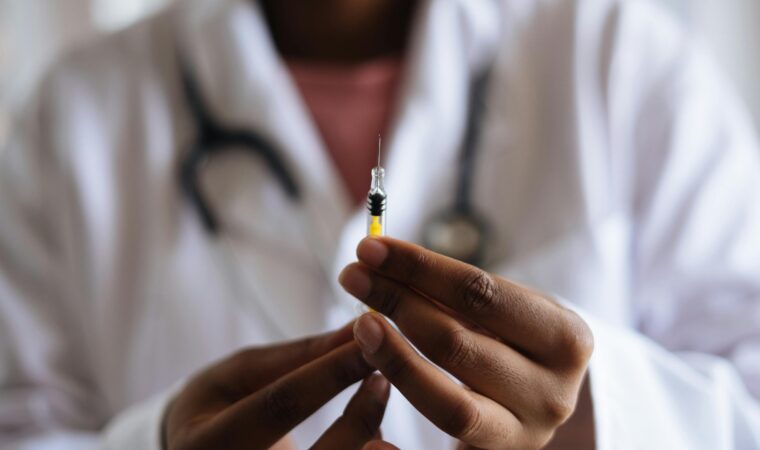Medical research that may benefit individuals with spinal cord injury (SCI) has seen several breakthroughs this year. From a drug that increases motor function to new kinds of nerve stimulators, the FDA has approved several new methods for restoring function and managing symptoms of SCI.
Breathing recovery
When you have a high level spinal cord injury, the diaphragm is often affected, making breathing and coughing more difficult. Some individuals with cervical injuries require use of a ventilator. But researchers have discovered a group of nerve cells in the brain and spinal cord—called interneurons— which can boost breathing, bringing new hope for breathing recovery to survivors of SCI.
Researchers at Case Western Reserve University’s School of Medicine, with collaborators from the University of St. Andrews in the UK, the University of Calgary in Canada and the Biomedical Research Foundation Academy of Athens in Greece teamed up on the project. Using genetically modified mouse models they explored the pathways involved in breathing. This allowed them to define the genetic identity, activity patterns and role of this specialized subset of spinal cord neurons involved in controlling breath. The team is now testing whether targeting these neurons can restore breathing function.
A drug to increase hand function
Until now, no approved pharmaceuticals have ever enabled functional recovery in patients with SCI. A clinical trial evaluating the drug NVG-291, has recently changed the game. NervGen Pharma reports NVG-291 trial results from a Phase 1b/2a study in SCI patients showed increased electrical connectivity between the brain and hand muscle, with a three-fold increase in strength.
NVG-291 is a therapeutic peptide made of amino acids that targets natural inhibitors of nerve repair, promoting regeneration and neuroplasticity. The drug has received Fast Track designation in SCI from the FDA.
An injection after acute injury
“Dancing molecules,” the promising new treatment for acute SCI developed at Northwestern University, has received approval from the FDA too. The therapy harnesses molecular motion to repair damage, through injections to the injury site. The liquid gels into a network of nanofibers, which serve as a scaffold to support cell growth. These nanofibers contain bioactive signals that trigger regenerative pathways, enabling motor neurons from the brain to regrow past the injury site, re-establishing connections severed by injury.
A 2021 study observed mice regaining function. Intensifying the molecular motion increased the therapy’s signaling power and led to tissue regeneration and functional improvement. Now the company, Amphix Bio, is targeting late 2026 for the first human trials.
Non-invasive spinal stimulation
The FDA also recently approved the ARC-EX System, the first noninvasive spinal cord stimulation system for people with SCIs, following a multisite clinical trial, called Up-LIFT. The study saw restoration of some of the hand strength and sensation lost following SCIs that happened many years earlier.
ARC-EX delivers stimulation via one or two electrodes placed on the skin surface above the cervical spine. A hand-held stimulator sends electrical pulses to the electrodes, which then deliver movement and sensation information sent from the brain. A small splitter box, which can be clipped to the patient’s clothing, holds wires leading from the stimulator to the electrodes. A tablet programmer equipped with an app customizes the stimulation for the individual.
The developing company, Onward Medical of Eindhoven, the Netherlands, hopes to begin marketing the device for use in the home by late this year.
Automatically adjusting nerve stimulation
Implanted devices that send electrical pulses to the vagus nerve aren’t brand new, but they deliver on a fixed schedule. Breakthrough new “closed-loop” systems can sense certain signals, like those related to muscle spasms, and adjust the stimulation in response.
Like traditional stimulators, the device goes under the skin in the chest and a wire is threaded under the skin connecting the device to the vagus nerve traveling to the brainstem. With closed loop vagus stimulators the targeted electrical pulse occurs only when needed.
Call us to learn more about taking legal action after a spinal cord injury.
